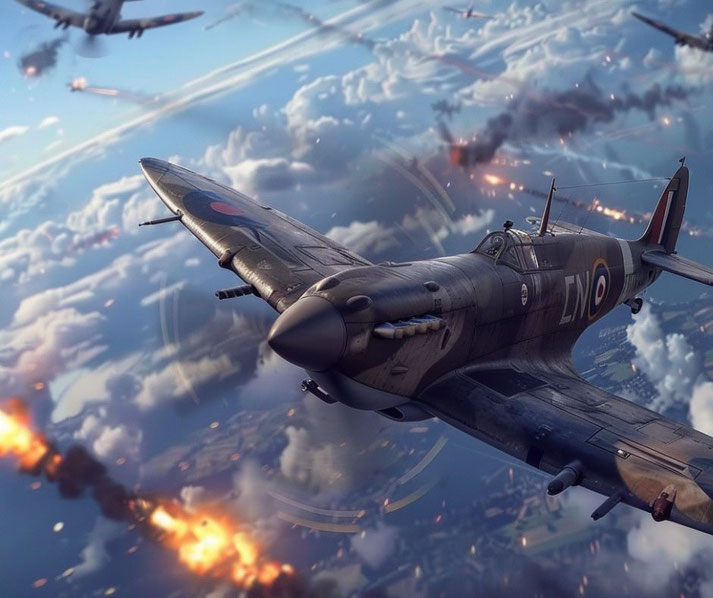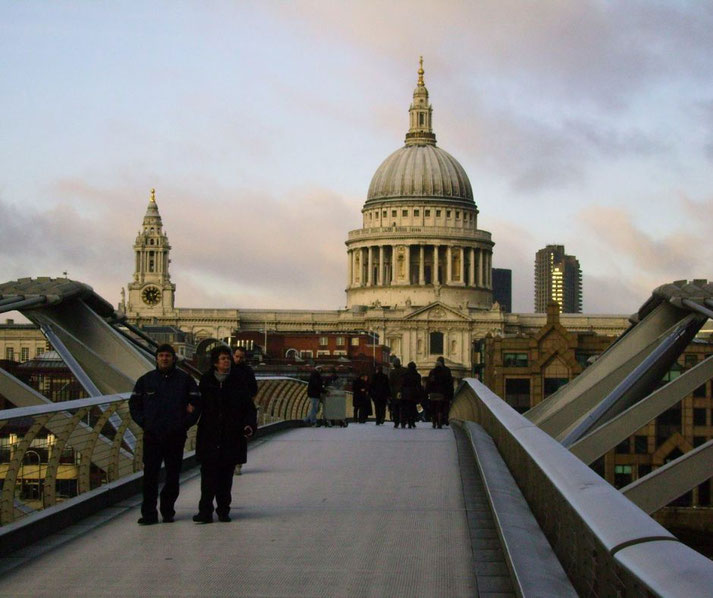How did the RAF win the Battle of Britain?

In early June 1940, Britain was in an incredibly vulnerable position in World War II. Almost all of Europe had fallen under the control of Nazi Germany and the last British army had to be evacuated from the continent to avoid it being annihilated by Hitler's forces.
Now, they 'stood alone' against the German threat and very soon, Britain itself would come under direct attack. This would become known as the Battle of Britian, and it would take place from July to October 1940.
It would be the first time that the British people had to face the full force of the Nazi war machine on their home soil.
The fall of France
Following the dramatic evacuation of British and French troops from Dunkirk on the beaches of northern France in June 1940, Britain was the only country still fighting against Hitler.
It had only taken the German army ten months to control most of Western Europe.
On the 16th of June 1940, Hitler issued the Führer Directive No. 16, which outlined his plans for the invasion of Britain, codenamed Operation Sealion.
To support this initiative, Hitler began assembling his air forces, the Luftwaffe, on the airfields in Belgium and France.
These aircraft were tasked with preparing the way for a future landing of German troops by trying to nullify British air defences.
Rough estimates indicate that the Luftwaffe had around 2,500 aircraft, while the British had 1,200.
In addition, German pilots were much more experienced, as they had been fighting in Europe for more than six months already.
British radar defences
In the months prior to the Battle of Britain, the British had been rapidly developing a new radar system.
It was hoped that this system would be able to detect incoming enemy aircraft and help direct British fighter planes to intercept them.
By Spring of 1940, there were over 50 radar bases built around Britain.
As a result, the Luftwaffe soon realised that they would need to destroy these radar stations if they were to stand any chance of success in Operation Sealion.
In addition, a new, sophisticated system of defence was built around these radar sites, known as the Dowding System.
Named after the British Chief Air Marshall Hugh Dowding, this was a network of radar stations, anti-aircraft guns, and fighter aircraft controlled by the Royal Air Force (RAF).
The Channel Battles
Before the Germans could attack British soil, they knew that they had to defeat the Royal Navy, or at least minimize their control over the English Channel.
So, the official date often cited for the beginning of the Battle of Britain is 10 July 1940, when the Luftwaffe escalated their operations to target coastal shipping.
These attacks were known as the ‘Channel Battles', which were small-scale raids on British shipping convoys in the English Channel.
These attacks continued into August but saw limited success. Despite incurring some losses, the Royal Navy held its position and successfully prevented German forces from crossing.
The Eagle Attack offensive by the Luftwaffe
The RAF defensive system was based on a network of airfields around Britain. On 13th August 1940, the Luftwaffe launched its first major raid against British airfields.
The operation was termed Adlerangriff, meaning Eagle Attack.
The German air force faced limitations due to the number of aircraft they could deploy and the fuel required to reach their targets before commencing attacks.
This meant that they had to carefully select their targets. As a consequence, the Luftwaffe focused their attacks on British airfields and radar stations in the south of England.
These raids continued throughout August and September and caused significant damage to most of the RAF's front-line fighter squadrons.
During this period, the British Spitfire fighter plane emerged as a dependable and efficient combat aircraft. It consistently outmaneuvered the Luftwaffe's Messerschmitt fighters, allowing it to engage the larger bombers effectively.
The objective of this offensive was to neutralize the RAF's defensive capabilities over Britain.
However, they failed to achieve their goals and the Luftwaffe repeatedly suffered significant losses of costly aircraft.
Throughout the Battle of Britain, it is estimated that the RAF lost approximately 1,023 aircraft while the Luftwaffe lost about 1,887.

The Blitz
Frustrated by the continued failure of his air force to decisively defeat the RAF, Hitler ordered a change of strategy.
Instead of solely striking military targets, he ordered direct attacks on the major cities and the civilians of Britain themselves.
So, the Luftwaffe began a campaign of night-time bombing raids against British towns and cities.
This would be known as the 'Blitz'. Over the course of the Blitz, from September 7th, 1940 to May 1941, more than 43,000 British civilians were killed and millions more were left homeless.
In particular, the Luftwaffe targeted London in a series of attacks that came to be known as the ‘Greatest Raids’.
Beginning the 7th of September, London endured 57 consecutive nights of raids.
On the first night alone, 328 bombers and 617 fighter planes took part in the raid. The Greatest Raids caused widespread damage to London: over one million homes were destroyed or damaged.
The RAF continued to send their planes up to try and defend Britian. Sadly, over three months, the RAF lost 792 planes and over 500 pilots in dogfights with the Luftwaffe.
The Luftwaffe also targeted other cities during the Blitz; Manchester, Birmingham, Coventry, Liverpool, and Bristol were all heavily bombed.
Nevertheless, the resilience of British civilians during the Luftwaffe's bombing campaigns helped bolster public support for the war effort and contributed to the enduring symbol of the so-called 'Blitz spirit'.

The end of the Battle of Britain
The Battle of Britain ended on 31st October 1940. The Blitz would be gradually scaled back by Hitler, though bombing of British targets would continue until May 1941.
Ultimately, the Luftwaffe failed to achieve its objectives. As a result, Hitler postponed Operation Sealion indefinitely.
Blame for the Nazi failure rested on the shoulders of Field Marshal Hermann Göring, who was the commander of the Luftwaffe.
He had severely overestimated the capabilities of his forces while also underestimating the capabilities of the RAF defences.
However, the Battle of Britain was a significant victory for the Allies and would be a major turning point in World War II.
What do you need help with?
Download ready-to-use digital learning resources
Copyright © History Skills 2014-2025.
Contact via email
With the exception of links to external sites, some historical sources and extracts from specific publications, all content on this website is copyrighted by History Skills. This content may not be copied, republished or redistributed without written permission from the website creator. Please use the Contact page to obtain relevant permission.





